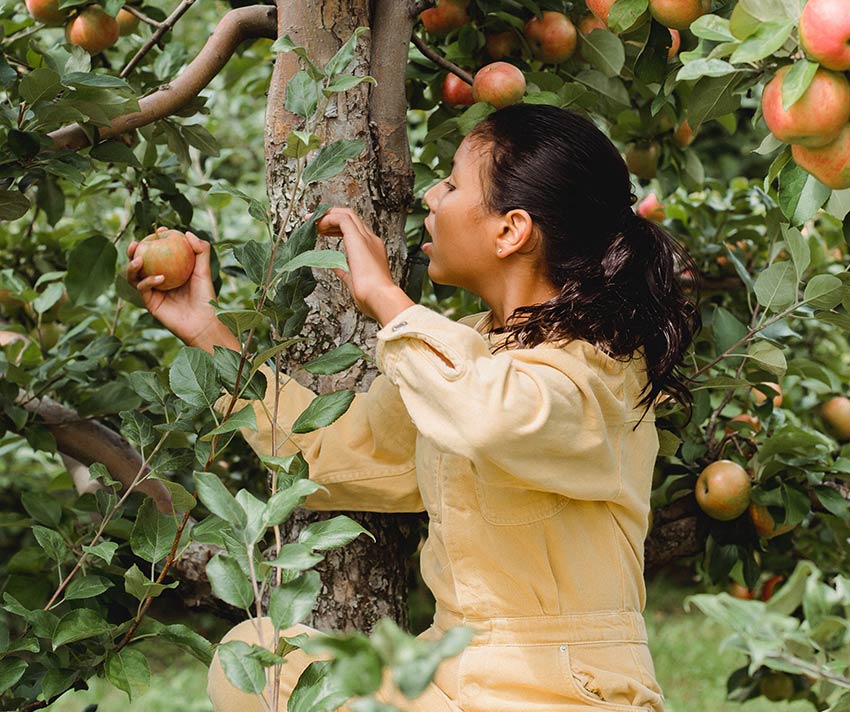Climate changes due to food choices
Food consumption has a large impact on climate change. Here are some of the ways our food choices and consumption patterns can affect the environment.
Greenhouse gas emissions:
Food production, transportation and processing are major contributors to greenhouse gas emissions such as carbon dioxide, methane and nitrous oxide. Animal husbandry is a major contributor to these emissions. Cows and other animals produce methane, a powerful greenhouse gas. In addition, deforestation for agriculture and cattle grazing also releases carbon dioxide into the atmosphere.
Land:
Food production requires vast amounts of land and can lead to deforestation, habitat destruction and land degradation. Land-use change can also release carbon dioxide into the atmosphere, reducing the Earth’s ability to absorb carbon through natural processes.
Water consumption:
Agriculture is a large consumer of freshwater, and inefficient irrigation methods can lead to water scarcity and ecosystem degradation. In addition, water treatment and transport also require energy and result in greenhouse gas emissions.
Food waste:
A significant amount of food is wasted worldwide, which is not only a waste of resources and money, but also contributes to greenhouse gas emissions. When food waste ends up in landfills, it decomposes, releasing methane, a powerful greenhouse gas. Individuals can make choices to address the impact of food consumption on climate change. For example, eating less meat, choosing plant-based foods, shopping regionally and seasonally, reducing food waste, and supporting sustainable farming practices. Additionally, policy markers can support initiatives to promote sustainable agriculture, reduce food waste, and transition to more sustainable food systems.

